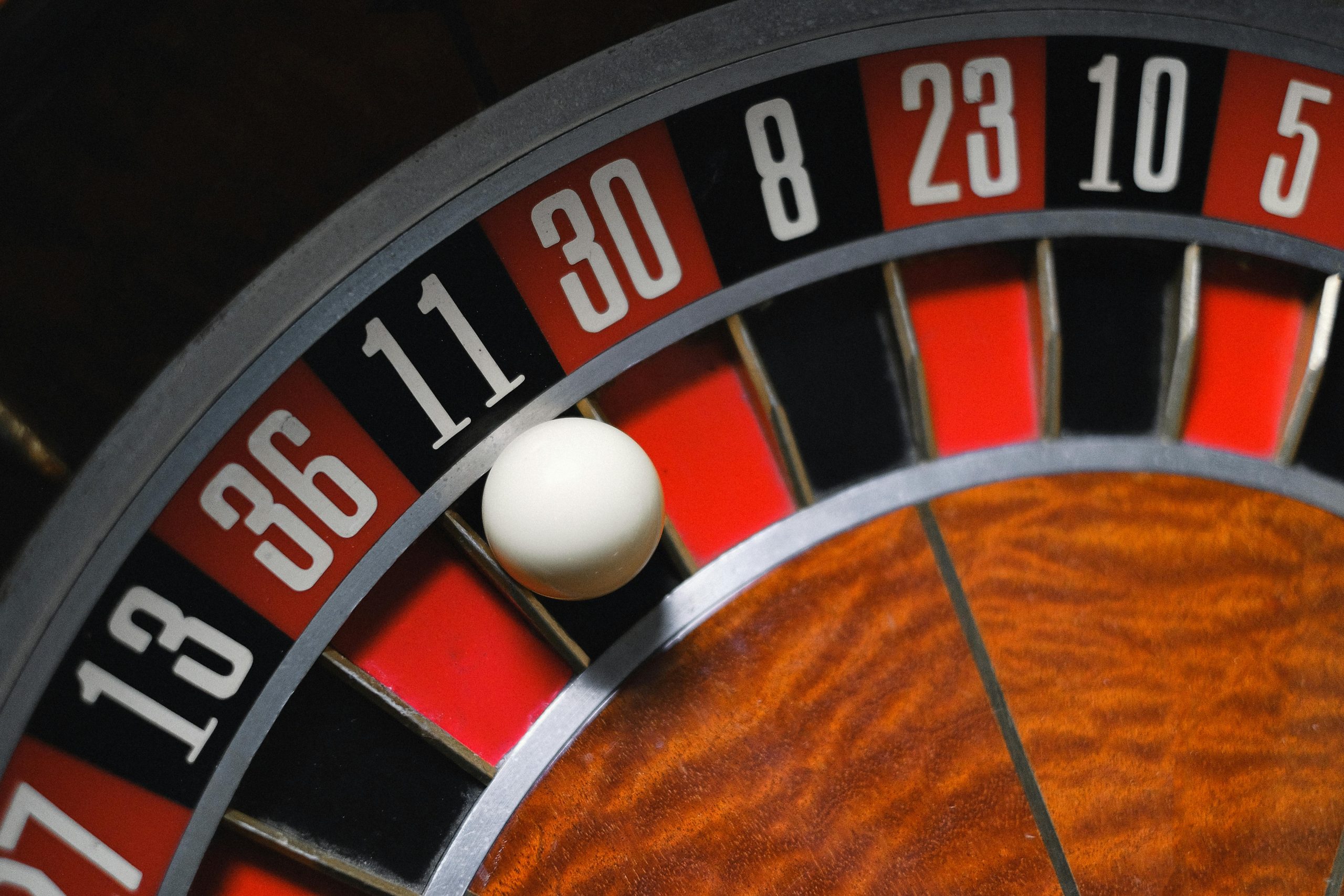The game of roulette has always tempted gamblers to crack the code. Over the years, players and mathematicians have teamed up, dreaming of finding the best roulette strategies to improve their chances of winning, and to beat the odds. Countless betting strategies have emerged, some with clever twists on existing ideas. But the truth is, many of these haven’t delivered on their promises, leaving players frustrated and sometimes lighter in the wallet.
Despite the setbacks, several roulette betting systems have withstood the test of centuries, showcasing consistency and reliability. Presently, six proven roulette strategies stand out. In this article we’ll introduce you to the best roulette strategies to improve your winnings.
- Martingale
- Reverse Martingale
- Fibonacci
- D’Alembert
- James Bond
- Labouchere
Each system possesses unique traits that attract players, whether out of familiarity or a desire for strategic variety. Regardless of the choice, these systems share a common goal – to provide a dependable betting sequence with the potential for incremental profits and minimal risk.
However, it’s crucial to acknowledge the inherent limitations of all roulette strategies. They aren’t foolproof, necessitating the wisdom to recognize when it’s time to call it a day, collect your winnings, and gracefully exit the game. For those seeking to distinguish between available betting systems, a useful categorization is into progressive and non-progressive strategies. This distinction can guide players in selecting a strategy that aligns with their preferences and risk tolerance.
The Six Best Roulette Strategies
Martingale
- Choose Even-Money Bets: Start with an even-money bet like red/black or odd/even.
- Initial Bet: Place a small bet on your chosen outcome.
- Double-Up on Losses: If you lose, double your bet on the same outcome.
- Reset on Wins: When you win, return to your initial bet.
The idea behind the Martingale System is to recover losses with a single win. However, use this strategy cautiously and set limits to manage potential risks.
Reverse Martingale
The Reverse Martingale, also known as the Paroli system, takes a positive progression approach. Here, players double their bets after each win and return to the initial wager after a loss. This system aims to capitalize on winning streaks, allowing players to ride the momentum and potentially accumulate profits swiftly. However, it requires careful moderation to avoid significant losses during inevitable downturns.
Fibonacci
Named after the famous mathematical sequence, the Fibonacci system involves adjusting bets based on the Fibonacci sequence (0, 1, 1, 2, 3, 5, 8, 13, 21, 34, 55, 89, 144). Players move one step forward after a loss and two steps back after a win. The Fibonacci system provides a measured approach, minimizing risks during losses while allowing for moderate profit accumulation during wins.
D’Alembert
The D’Alembert system adopts a more conservative strategy. Players increase their bets by one unit after a loss and decrease by one unit after a win. This system operates on the principle of balance, aiming for a nearly equal number of wins and losses over time. While considered less aggressive than some strategies, players should still exercise caution to prevent significant losses.
James Bond
Designed by Ian Fleming, the James Bond system involves a specific betting pattern. You will basically want to make the same bet after every spin. Players allocate their bets across three areas:
- €14 bet on:
Outside bet 19-36
Pays 1/1 - €5 bet on:
Inside bet 13-14-15-16-17-18 (the 6-line bet)
Pays 5/1 - €1 bet on:
Inside bet 0, as insurance
Pays 35/1
The practical workings of the system
The highest stakes are placed on the outside bet, offering lower payouts but higher odds of success. Conversely, a single unit is wagered on a single number, which boasts odds of 35/1.
If the initial spin results in the number 19, your winnings would amount to €14. While the 6-line and zero bets would be losses (€5 and €1), you’d still secure a €8 profit.
In the scenario where the spin lands on number 13, your winnings would be €25. After subtracting losses from the outside and zero bets (€14 and €1), you’d be left with a €10 profit.
Now, if the spin results in 0, your winnings would be €35. Subtracting losses from the 6-line and zero bets (€14 and €5), you’d enjoy a €16 profit.
In the event of a spin yielding any number from 1 to 12, the Martingale system kicks in, necessitating a doubling of your stake on the subsequent spin.
This system offers a broad coverage of the roulette table, enhancing the chances of winning. However, it’s essential to note that it requires a higher initial bet.
Labouchere
The Labouchere system, also known as the Cancellation or Split Martingale system, involves creating a betting sequence and adjusting bets based on wins and losses. Players cross out numbers from the sequence after wins and add them after losses. The goal is to eventually eliminate all numbers in the sequence, securing a profit. The Labouchere system demands careful planning of the initial sequence to manage risks effectively.
Each roulette betting system brings its unique approach to managing bets and pursuing profits. While they offer diverse strategies, players must remain mindful of their risk tolerance and exercise discipline to navigate the unpredictable nature of roulette.
In conclusion, Roulette is not just a game; it’s a thrilling adventure where luck and strategy intersect. Armed with an understanding of the rules and a calculated betting approach, you can turn the wheel of fortune in your favor. So, place your bets, watch the wheel spin, and may your Roulette journey be filled with excitement and triumph!
➡️ Did you know there are different types of Roulette wheels? Read this article to learn about the differences between the American Roulette and European Roulette.
➡️ Learn The Basic Blackjack Strategy to maximize your winning potential.

